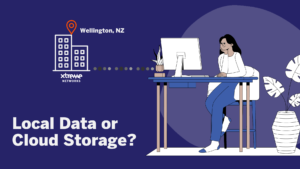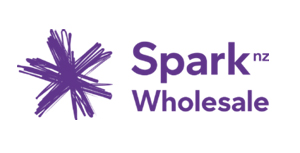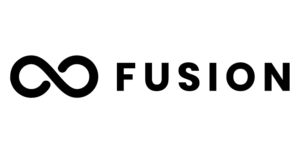
5 Reasons New Zealand Businesses Choose Local Data Storage over the Cloud.
Cloud Storage and Colocation both rely on the resilience and reliability of data centres, so why do many businesses choose local data storage over the cloud?

As cloud repatriation continues to be a hot topic, and enterprises look to bring their data back to physical hardware, there’s never been a better time to position yourself as your customers own local cloud.
From security & data management, hosting & hardware, all the way through to pricing and packaging your solution in a replicable manner. With so many moving parts, let’s break it down.
Hardware… to lease? Or buy?
The technology industry has experienced severe supply chain challenges in recent years due to a variety of factors, including trade disputes, natural disasters, and geopolitical tensions. These challenges have impacted the availability and pricing of a wide range of technology products, including servers and how this evolves over the coming years is impossible to predict with any certainty.
Leasing servers and buying servers each have their own set of advantages and disadvantages, and the best option for a particular organization will depend on its specific needs and circumstances.
Pros of leasing servers:
The downside?
Pros of buying servers:
The downside?
Whether leasing or buying servers, MSP’s should carefully consider their priorities and balance that with the use case of their typical customer.
When deciding whether to lease or buy equipment for building out out your own local cloud solution, the equipment itself is just once small piece of the puzzle.

Cloud Storage and Colocation both rely on the resilience and reliability of data centres, so why do many businesses choose local data storage over the cloud?
For over 20 years, Xtreme Networks has been helping businesses like yours with the best internet and data centre solution in the country.














